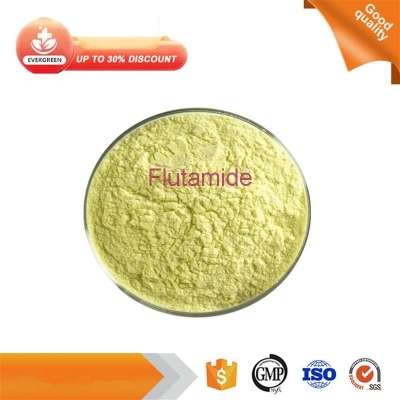-
Categories
-
Pharmaceutical Intermediates
-
Active Pharmaceutical Ingredients
-
Food Additives
- Industrial Coatings
- Agrochemicals
- Dyes and Pigments
- Surfactant
- Flavors and Fragrances
- Chemical Reagents
- Catalyst and Auxiliary
- Natural Products
- Inorganic Chemistry
-
Organic Chemistry
-
Biochemical Engineering
- Analytical Chemistry
- Cosmetic Ingredient
-
Pharmaceutical Intermediates
Promotion
ECHEMI Mall
Wholesale
Weekly Price
Exhibition
News
-
Trade Service
Most solid tumors, including colorectal cancer (CRC), exhibit greater heterogeneity between patients at the genetic, metastatic, transcriptional and/or esoteric levels, as well as in tumors, which are major barriers to cancer treatment and patient survival.
previous studies have shown that tumors have high cell complexity and often manifest them as strated tissues similar to normal tissue.
related studies have shown that in CRC, there are malignant cell groups with varying degrees of differentiation, maintained by stem cell-like cell subgroups, called tumor stem cells (CSC).
these studies, the presence of CSC was detected in all processes of CRC formation and revealed that it can promote the development and metastasis of disease.
CSC as a class of tumor cell sub-groups that drive disease development, recurrence and treatment of drug resistance, targeted CSC strategies can play a role in tumor eradication.
CSC exhibits heterogeneity dna replication stress (RS), but the function and relevance of replication stress response (RSR), which is dominated by the ATR-CHK1 path, is currently controversial.
the functionality and effectiveness of RSR in CRC-SCs the study showed that RSR was effective in primary CSC (CRC-SCs) for colorectal cancer, and revealed the unique role of PARP1, MRE11 and RAD51.
, the researchers confirmed that PARP1 expression levels were raised in CRC-SC, which is resistant to a variety of replication toxins and RSR inhibitors (RSRi).
these cells, PARP1 regulates the rate at which DNA replicates and eventually leads to low-state RS.
, the researchers found that MRE11 and RAD51 were able to work together in gene protection and silk division in PARP1 expression-increased CRC-SC cells.
these genes also represent the therapeutic weakness of CSC.
, PARP1i makes CRC-SC cells sensitive to ATRi/CHK1i, which in turn causes damage to DNA replication and prevents chK1i resistance in cells.
addition, MRE11i combined RAD51i selectively kills the PARP1 expression CRC-SC by suppressing silk splits.
in CRC-SC cells, PARP1 expression increases and regulates the rate of DNA replication in general, the study develops treatments to eliminate CRC-SCs resistance and helps clarify the potential mechanisms of RSR in CSCs.
results also provide a theoretical basis for biomarker-driven clinical trials using different RSRi combinations in CRC.







